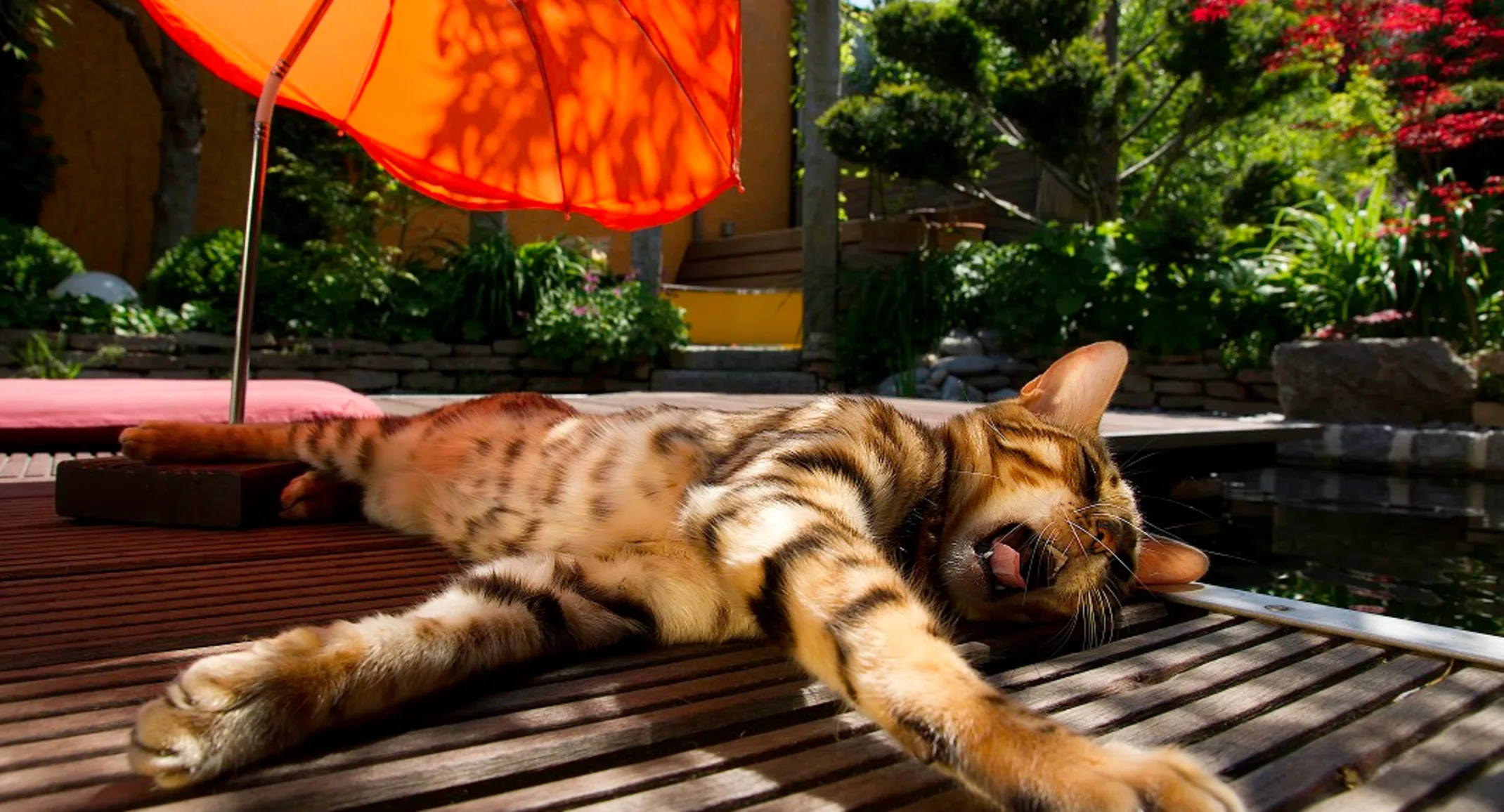Spending time outside in the warm weather is fun, but you must be aware of the possibility for your pet to experience heat exhaustion. Being covered by fur is great for the wintertime and cooler months, but it can make it difficult to manage the heat of a summer day.
Symptoms of heat exhaustion include excessive panting or labored breathing, increased heart and respiratory rate, drooling and mild weakness. More severe symptoms can include seizures, bloody diarrhea and vomiting and a body temperature of over 104 degrees Fahrenheit. Follow these tips to keep your pet cool this summer.
Save your outdoor time with your pet for early in the morning or in the evening once the sun has set. By taking your daily walk, run or visit to the park either before or after the sun is at its hottest, the air will be easier for your pet to breathe and the ground will be cooler on the pads of their paws.
As much as your pet may love riding in the car or spending time with you, if it’s hot out and there’s a chance they’ll be uncomfortable the best thing to do is leave them alone. Panting takes more exertion than sweating and can bring your pet to respiratory distress. Avoid any potential issue by keeping them safe and cool at home.
Pets can get dehydrated quickly, so you’ll want to make plenty of fresh, clean water available to them. Leaving out water or water alternatives throughout the day, particularly when your pet has spent time outside in the heat. Water alternatives are especially great for pets since they replenish electrolytes and taste great.
Many pet owners, especially cat parents, incorrectly think that shaving their animals in the heat will help cool them down. In reality, the layers of your pet’s coat help to protect them from overheating and sunburn. Trimming long hair is perfectly okay, but it’s unnecessary to do anything else for cooling purposes. Brushing your cat more often to help remove loose fur can also prevent overheating.
Source: “7 Tips to Keep Your Pet Cool this Summer.” Pet MD. Web. June 2016.

